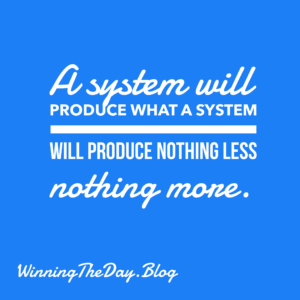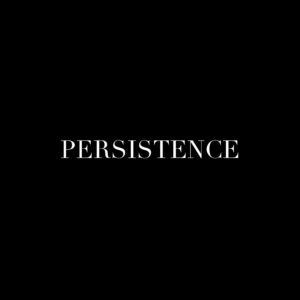In today’s competitive real estate market, success isn’t just about having the right listings or the best marketing materials. It’s about how you work with your clients and how you approach your daily tasks. By incorporating positive habits into your routine, you can build a thriving real estate practice.
Harnessing the Power of Atomic Habits
Atomic Habits, a concept popularized by James Clear, emphasizes the power of small, consistent actions. In the realm of real estate, this means focusing on daily habits that compound over time. Here are a few examples:
- Daily Prospecting: Dedicate a specific time each day to reach out to potential clients. Whether it’s cold calling, emailing, or networking, consistent effort can yield significant results.
- Consistent Marketing: Regularly share valuable content on social media and other platforms. This can include market updates, property highlights, and helpful tips for buyers and sellers.
- Continuous Learning: Spend time each week learning new skills or industry trends. This could involve attending webinars, reading books, or taking online courses.
Embrace the Miracle Morning
Hal Elrod’s Miracle Morning routine emphasizes the importance of starting your day with positive habits. Here’s how you can adapt it to your real estate career:
- Silence: Meditate or practice mindfulness to reduce stress and improve focus.
- Affirmations: Repeat positive affirmations to boost your confidence and motivation.
- Visualization: Imagine yourself achieving your goals and overcoming challenges.
- Reading: Read books or articles related to real estate, personal development, or other relevant topics.
- Exercise: Get your body moving to increase energy and productivity.
- Scribing: Journal your thoughts and ideas to clarify your goals and strategies.
Implement Basic Business Development Strategies
While habits are essential, don’t forget the fundamentals of business development:
- Build Strong Relationships: Cultivate relationships with other real estate agents, lenders, and title companies.
- Provide Exceptional Client Service: Go the extra mile for your clients, and they’ll be more likely to refer you to others.
- Leverage Technology: Use CRM software, marketing automation tools, and other technologies to streamline your workflow.
- Measure Your Results: Track your key performance indicators (KPIs) to identify areas for improvement.
By combining these strategies, you can create a sustainable and successful real estate business. Remember, small, consistent actions can lead to significant results.
What habits have you found to be most effective in your real estate practice?







